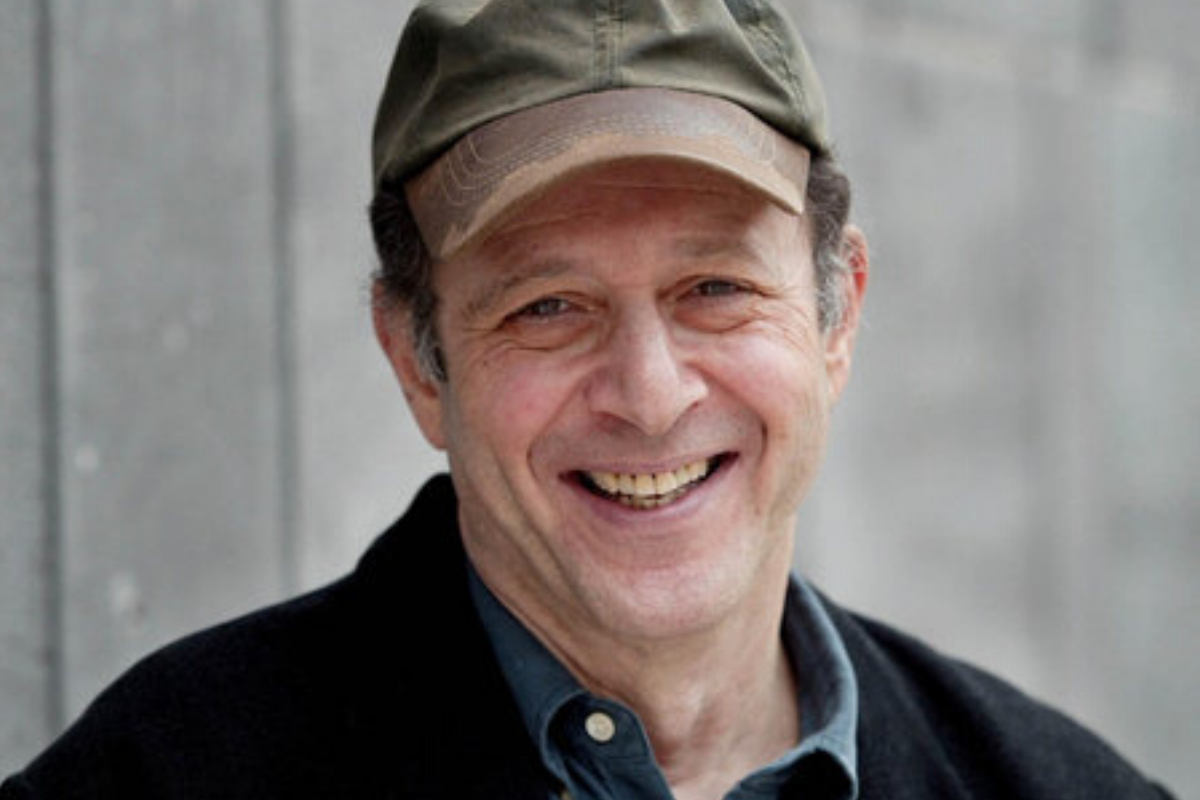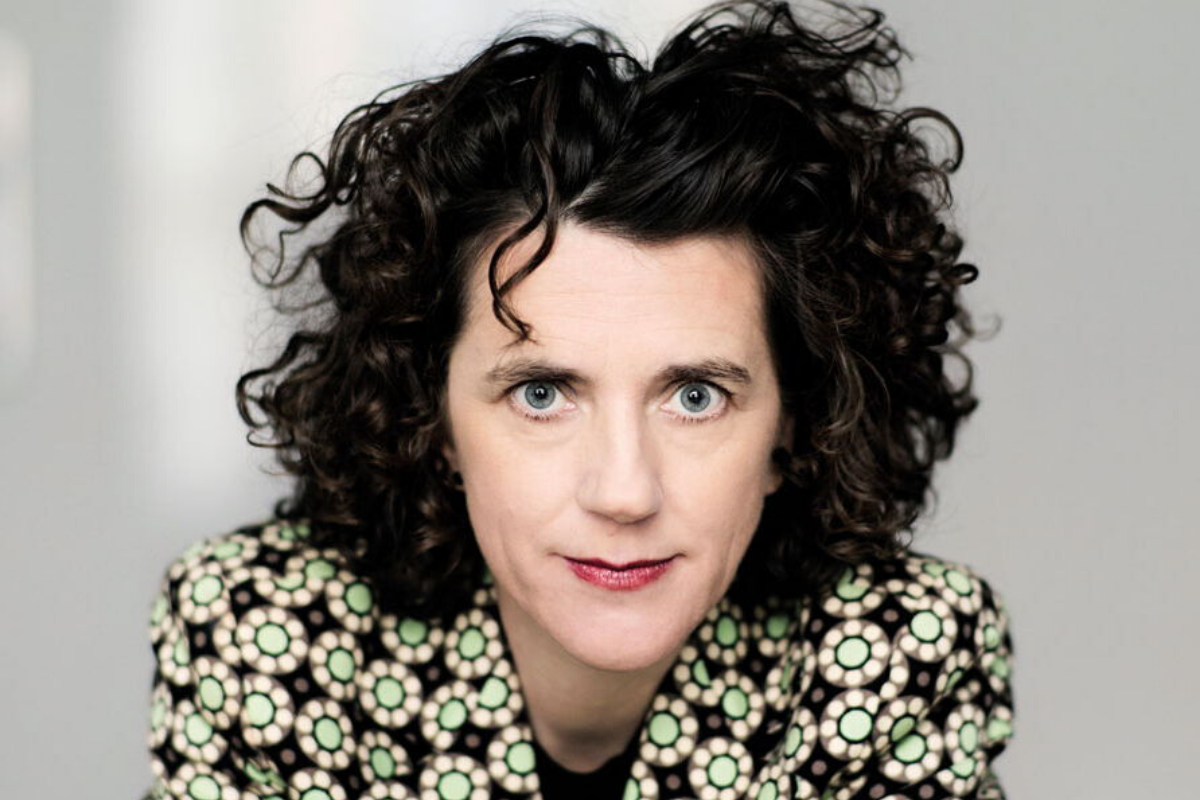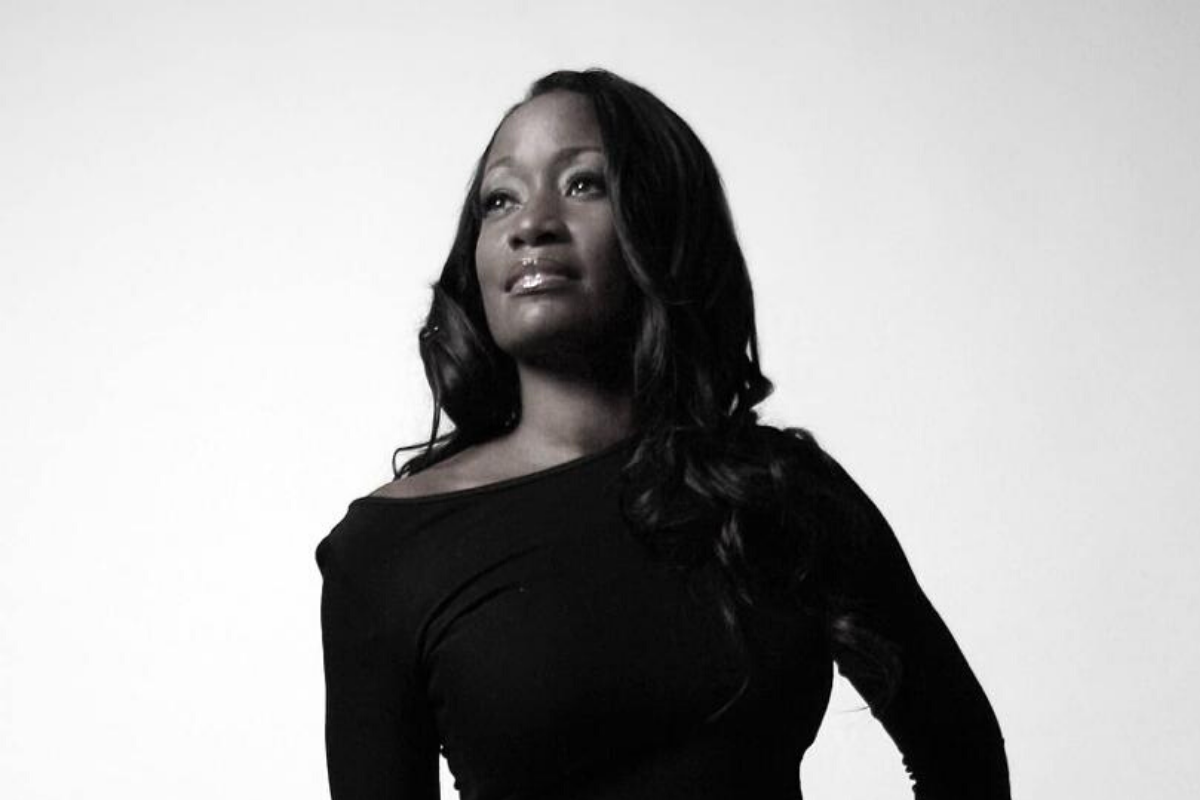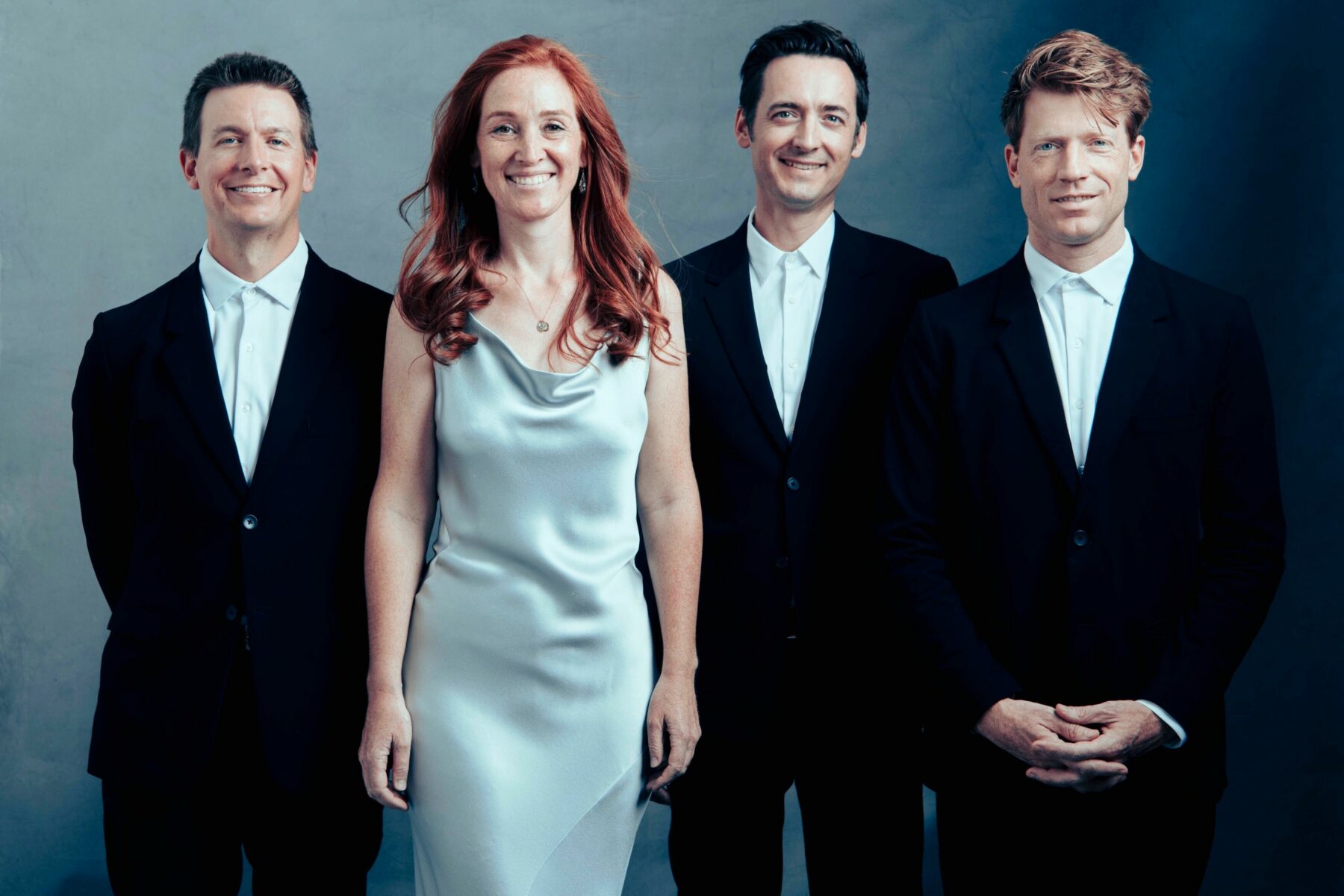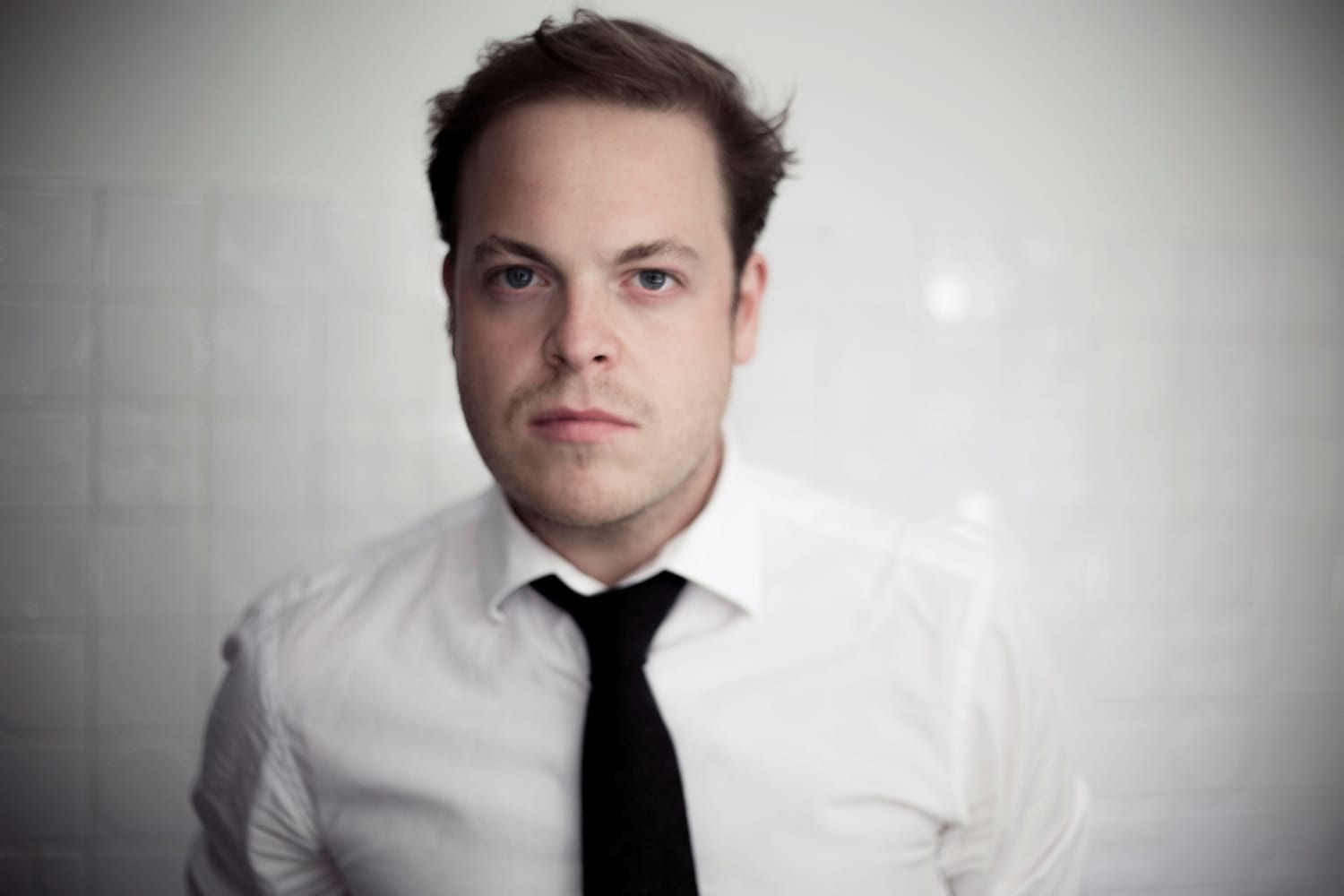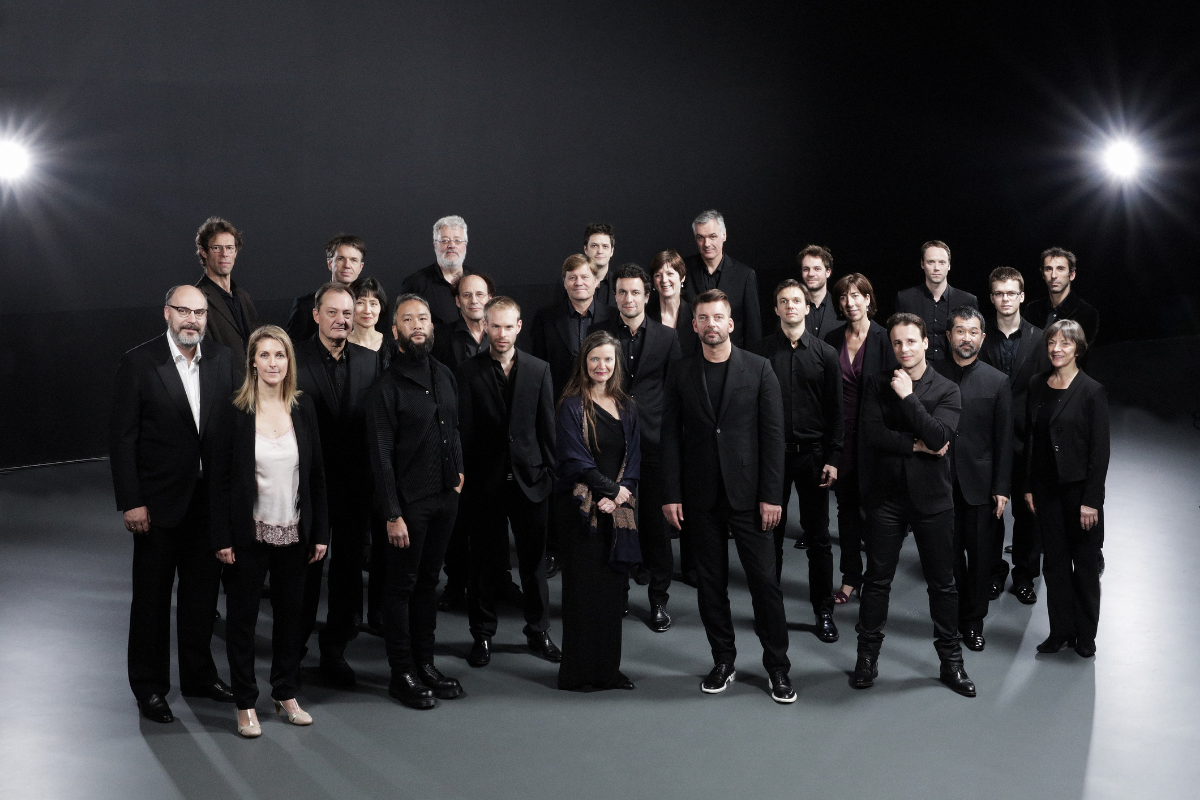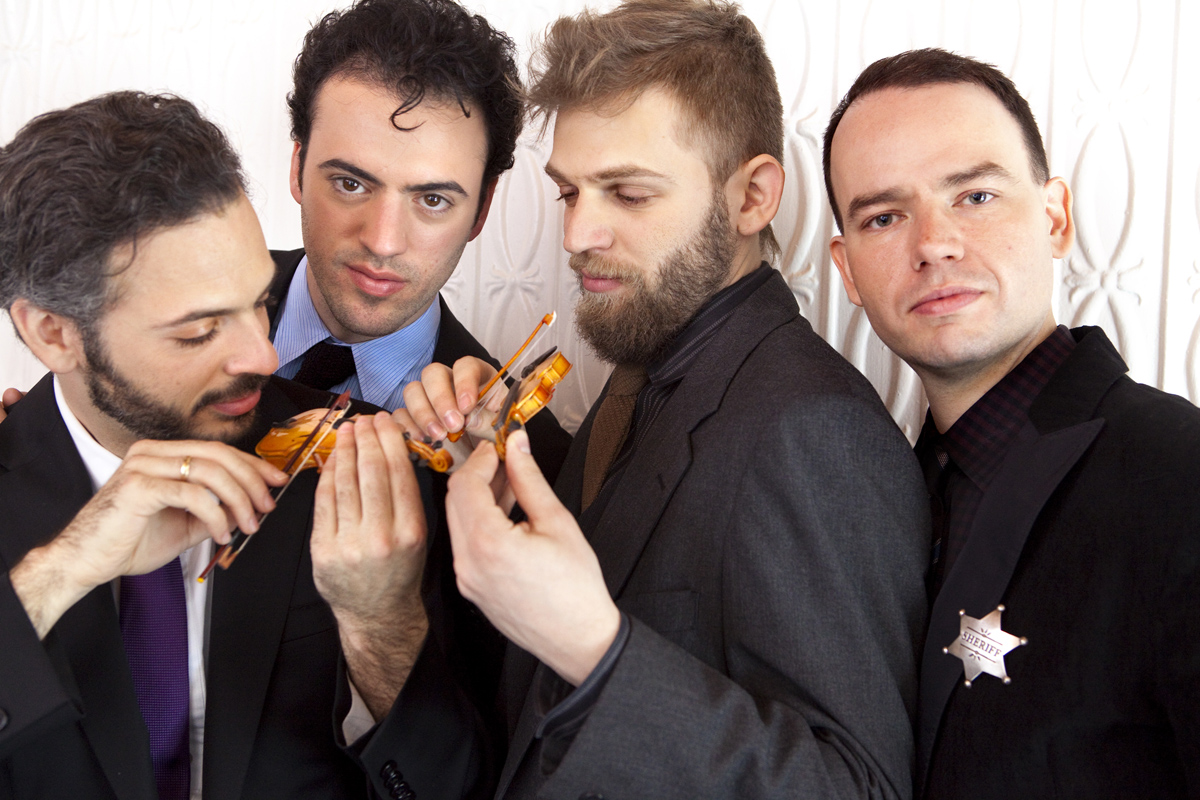John Luther Adams on “Sila: The Breath of the World”
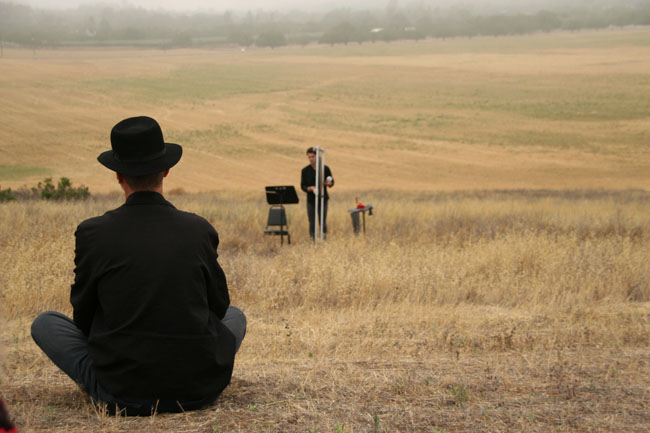
Composer John Luther Adams is no stranger to Ojai, with performances of his works in 2012 and 2013, including the ‘Inuksuit‘, featuring musicians placed throughout Libbey Park. Adams returns to Ojai this year for the West Coast Premiere of his new work ‘Sila: The Breath of the World’. Here he discusses the genesis of the piece and the significant differences in pieces written to be performed and heard outdoors.
“Songs are thoughts which are sung out with the breath when people let
themselves be moved by a great force…”
– Orpingalik, a Netsilik elder
In Inuit tradition the spirit that animates all things is sila, the breath of
the world. Sila is the wind and the weather, the forces of nature. But
it’s also something more. Sila is intelligence. It’s consciousness. It’s
our awareness of the world around us, and the world’s awareness of
us.
Over the past four decades most of my music has been inspired by the
outdoors, but heard indoors. With Inuksuit – for nine to ninety-nine
percussionists – I finally composed music intended from the start to be
performed and heard outdoors. In Sila: The Breath of the World, I
continue this exploration with a full orchestral palette.
Ojai & Site-Determination by Ross Karre, ICE percussionist and Director of Production
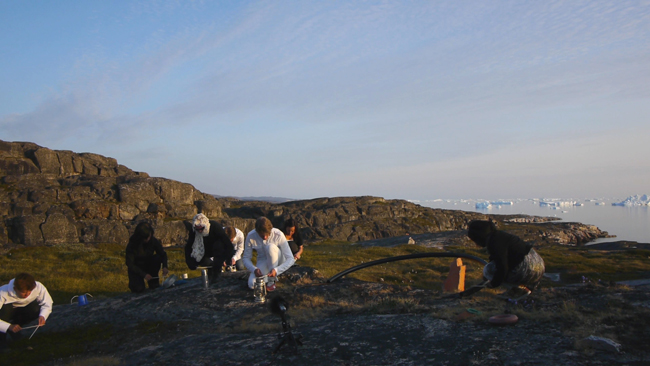
Site-specificity is a common term in art production circles. I think most artists and audiences have a basic understanding of what it means. But I find site-specificity to be a glorification of a process which is required of all good art. Nothing is created in a vacuum. Nothing is presented in a vacuum. The site/context matters. All works are site specific by default but the process of creatively optimizing a work via its context can be the difference between a good realization and a bad one. A performance can either attempt to beat its head against the boundaries of a context or it can ask a simple question, “What changes do I make to this piece to transcribe it for this place?”
It’s a question we’ve been asking from the very first brainstorming sessions for the Ojai Festival programming and production. Whether it’s the Libbey Bowl presentations of intricate sequences of Boulez, Varèse, and Xenakis or the works of John Luther Adams in the park, every program must ask the question.
The answers aren’t always obvious. And some works lend themselves to subtle (or drastic) changes to create a symbiotic relationship between piece and place. In Pauline Oliveros’ works, space and sound are codependent variables. The scores are open and flexible enough to allow extemporaneous performance decisions which are guided by the space: its reverberations, its noise floor, and its general ambiance. From one interpretation to the next, a space may have a more profound impact on a performance than the instrumentation itself! (Note the radical differences in each performance of George Lewis’ Artificial Life on digitice.org, ICE’s digital media library.)
Happy 90th Birthday Pierre Boulez!
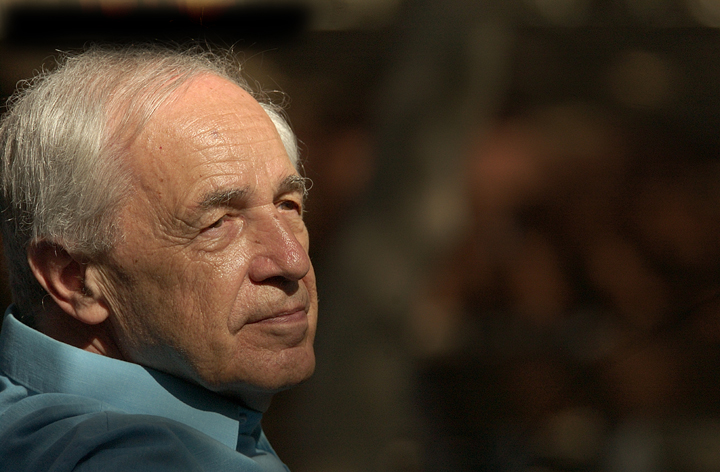
Happy 90th Birthday to Pierre Boulez! We’re kicking off our celebrations by unveiling our Boulez In Ojai timeline – it’s a work in progress and we’ll be adding new photos and material in the coming weeks. Don’t forget to get your tickets to the Wednesday, June 10th Boulez At 90 event, featuring the West Coast Premiere of Beyond the Score® A Pierre Dream: A Portrait of Pierre Boulez.
Steven Schick 2015 Festival Playlist

2015 Music Director Steven Schick shared with us a story of how he walked from San Diego at the Mexican border to San Francisco to propose to his wife Brenda. Walking the length of the coast, Steve says, he was “constantly engaged in this world of noise….through your ears you know where we are, what we’re thinking, where we are in the world.”
In that vein, we recently asked Steve if he would make a curated playlist – a list of pieces to listen to in anticipation of the 2015 Festival. He enthusiastically responded with an annotated “Ojai Themes Listening List,” which we have put into audio and video playlists below. While we were able to find most of what was on Steve’s list online, there were some that eluded us…if you happen to stumble across them, let us know and we’ll add them in!
“Finding Feldman” – Guest Blog by Max Mandel of The Knights

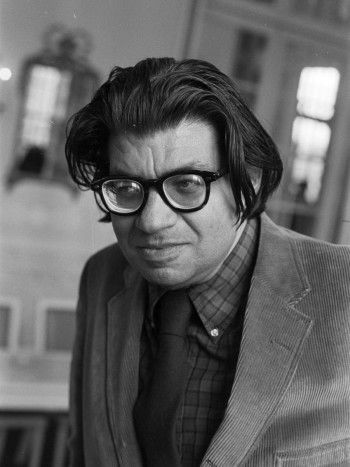 “I feel that the moment, the rightness of the moment, even though it might not make sense in terms of its cause and effect, is very important.” -M.F.
“I feel that the moment, the rightness of the moment, even though it might not make sense in terms of its cause and effect, is very important.” -M.F.
By Max Mandel, violist in The Knights
I find it difficult to talk about Morton Feldman. I’m in awe of his output. I find his music to be exquisitely beautiful and intellectually challenging, a combination very few composers achieve. I often find myself saying to my colleagues, “Yup, another great piece by Feldman.” You start thinking about him and he becomes larger and larger in your mind and at a certain point he becomes too big to deal with. It’s well-known how huge he was. 6 feet, almost 300 pounds. The thick mop of greasy black hair, the coke bottle glasses. The massive appetite, intellectual and sensual, hungry for life. The endless words, the words that poured out of him, the constant conversations with everyone (although he admitted to an interviewer once, “The problem now is that all these things are evasive subterfuges from sitting down and writing that piece of music.”).
He was engaged in a lifelong debate with the musical giants of his time: Boulez, Cage, Stockhausen. After you’re captured by his music, the legend of the man becomes almost even more captivating. For me there is a ghoulish danger there. A strange thing about living in New York City is this continual pull of the legends and the ghosts that live here. I was standing at the corner of 72nd and Central Park West when some tourists haltingly inquired, “Excuse…could you please show where the Beatle was…” they trailed off in embarrassment and yeah, they should be embarrassed, a human being was murdered right there. I shook my fist at them after pointing them in the right direction because I recognized myself in their faces.
“Our Ears Are Open Now” – Guest Blog by Colin Jacobsen

nothing is accomplished by writing a piece of music
nothing is accomplished by hearing a piece of music
nothing is accomplished by playing a piece of music
our ears are now in excellent condition.
So said the ever-provocative John Cage. I suppose this statement could be read as a kind of nihilism, but I see it as Cage prodding the whole musical triangle (composer, performer, listener) to remember to strip oneself of preconceptions as much as possible and allow a sense of wonder back in so that there can be the possibility of Magical Musical Moments (which I will take to calling MMM… onomatopoeia-style. For the record, that is the sound that I’ve witnessed many a Persian and Indian musician emit in the moment when another musician makes a beautiful or telling musical phrase or gesture. Not advocating for that necessarily in a Mozart Symphony, but then again, why not? But I digress…) And I sense that I’m speaking to the choir when talking to Ojai Music Festival fans. I haven’t experienced the Festival before, but have heard from all accounts (including my wife, Maile Okamura who as a member of the Mark Morris Dance Group, was there performing last year) that people come ready to really, really listen and live the experience. Still, at every point along the way it’s useful to reexamine the intention one is putting into the activity at hand and realize the potential to be ever more present, on all sides of that triangle.
Hmm, so I’d like to examine from the composer/performer’s side some aspects that are necessary for MMM to happen through the lens of some of the music we’ll be playing in Ojai. I see part of that job as allowing the audience its own space in the music, meaning that it’s an open dialogue, and though the composer/performer should have a point of view and the courage of one’s convictions, there needs to be space for the listener to have their own experience inside the music. So let me know when you see me (or feel free to write a response to this) what you think the listener’s responsibility is in greater detail. In the meantime, some thoughts on composers/performers…
Steven Schick Solo Recitals – Reviews
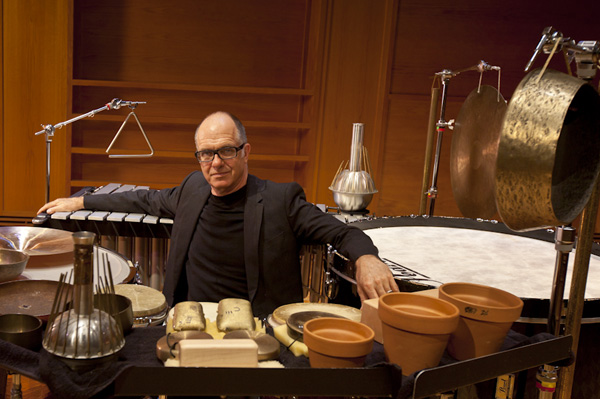 2015 Music Director Steven Schick recently celebrated an early 60th birthday by giving two solo recitals, “Origins” and “Responses” at Columbia University’s Miller Theater. The first concert featured works for solo percussion by Morton Feldman, Stockhausen, and Iannis Xenakis, among others, while the second featured many works commissioned by Steve for solo percussion throughout his career, including Roar by John Luther Adams and works by David Lang and Kaija Saariaho.
2015 Music Director Steven Schick recently celebrated an early 60th birthday by giving two solo recitals, “Origins” and “Responses” at Columbia University’s Miller Theater. The first concert featured works for solo percussion by Morton Feldman, Stockhausen, and Iannis Xenakis, among others, while the second featured many works commissioned by Steve for solo percussion throughout his career, including Roar by John Luther Adams and works by David Lang and Kaija Saariaho.
The New York Times wrote of Steve’s perfomance, “Mathematical virtuosity continues to be a big part of Mr. Schick’s appeal. Even where the rhythmic complexities far surpass the ear’s ability to comprehend them, there is the visual pleasure of watching Mr. Schick translate them into precisely angulated and elegantly economical body movements.” Read the complete review >>
The New York Classical Review also hailed Steve, writing “Schick has absolute command of this music … He is a lyrical percussionist, whether kicking the bass drum pedal or flicking his fingertip off a tubular bell, as he did with exquisite care and beauty in the hushed interior of Feldman’s The King Of Denmark (the musician plays that piece with bare hands). Striking his instruments in time with sticks and his hands, he connects events together in phrases that would sound like Mozart on the piano. He has a graceful, elegant physical style, twisting and turning his body into the shape of clefs as he plays. Every motion has a musical and expressive purpose.” Read the complete review >>
For those of us on the West Coast, there is a special chance to hear a reprise of “Origins” on Friday, February 14th, in San Francisco, presented by the San Francisco Contemporary Music Performers, where Steve is Artistic Director. View details and purchase tickets >>
Read the New Yorker preview by Alex Ross >>
Read the Wall Street Journal article on Steve, “The Eloquent Language of Noise” >>
Inuksuit, John Luther Adams, and Ojai
Just before the new year, influential music critic Alex Ross released several end of year lists. He named the Festival’s own Thomas Morris as one of the Persons of the Year, and released his list of the greatest performances of 2011. One of the selected highlights was the performance of John Luther Adams’ “Inuksuit” at the Park Avenue Armory in New York. Written for Steve Schick, Inuksuit–the title is derived from the stone cairns used by the indigenous peoples of the Arctic–is an arresting piece for 9-99 percussion performers who are located throughout a large space (it was originally intended to be performed outdoors), allowing audience members to remain stationary or to move through the performers at will. Watch excerpts from the Armory performance.
Lucky for us, we don’t have to travel to New York to witness Inuksuit. The 2012 Festival will kick off with the piece’s West Coast premiere on Thursday Evening at 5pm. The premiere will be a free community performance featuring 48 percussionists led by Steven Schick, including professional musicians, music students from Southern California universities and colleges, and local musicians from Ojai. They will be placed throughout Libbey Park and Bowl to create a truly unique, interactive musical experience.
Luther Adams is no stranger to such intersections and interactions between space and sound. Described by the New Yorker as “one of the most original musical thinkers of the 21st century,” his works take the vast natural landscapes and the indigenous cultures of his adopted Alaska as their inspiration. Spurred by his deep interest in environmental conservation, Luther Adams’ compositions create a bridge between human experience and the natural world, bringing audiences greater awareness and a heightened connection with nature. Many of his works take their material directly from nature itself. In The Place Where You Go To Listen, for instance, Luther Adams used seismological readings and geophysical data in composing.
In many ways Luther Adams’ compositions are a perfect fit for the outdoor setting of Libbey Bowl, and the 2012 Festival will feature several of his works. After Inuksuit on Thursday, the evening concert will also feature Red Arc/Blue Veil, performed by Marc-André Hamelin and Steve Schick. Luther Adams’ work returns on Sunday night, where Leif Ove Andsnes will join Hamelin to perform Dark Waves. Click here to listen to a preview.
This year’s Festival is promising to be a truly unique intersection of music, place, and idea. If you have not yet purchased your tickets for this year’s Festival, you can do so online, or by calling 805.646.2053.
For more information on John Luther Adams and to read his writing on music, composition, and the environment, visit his website.

